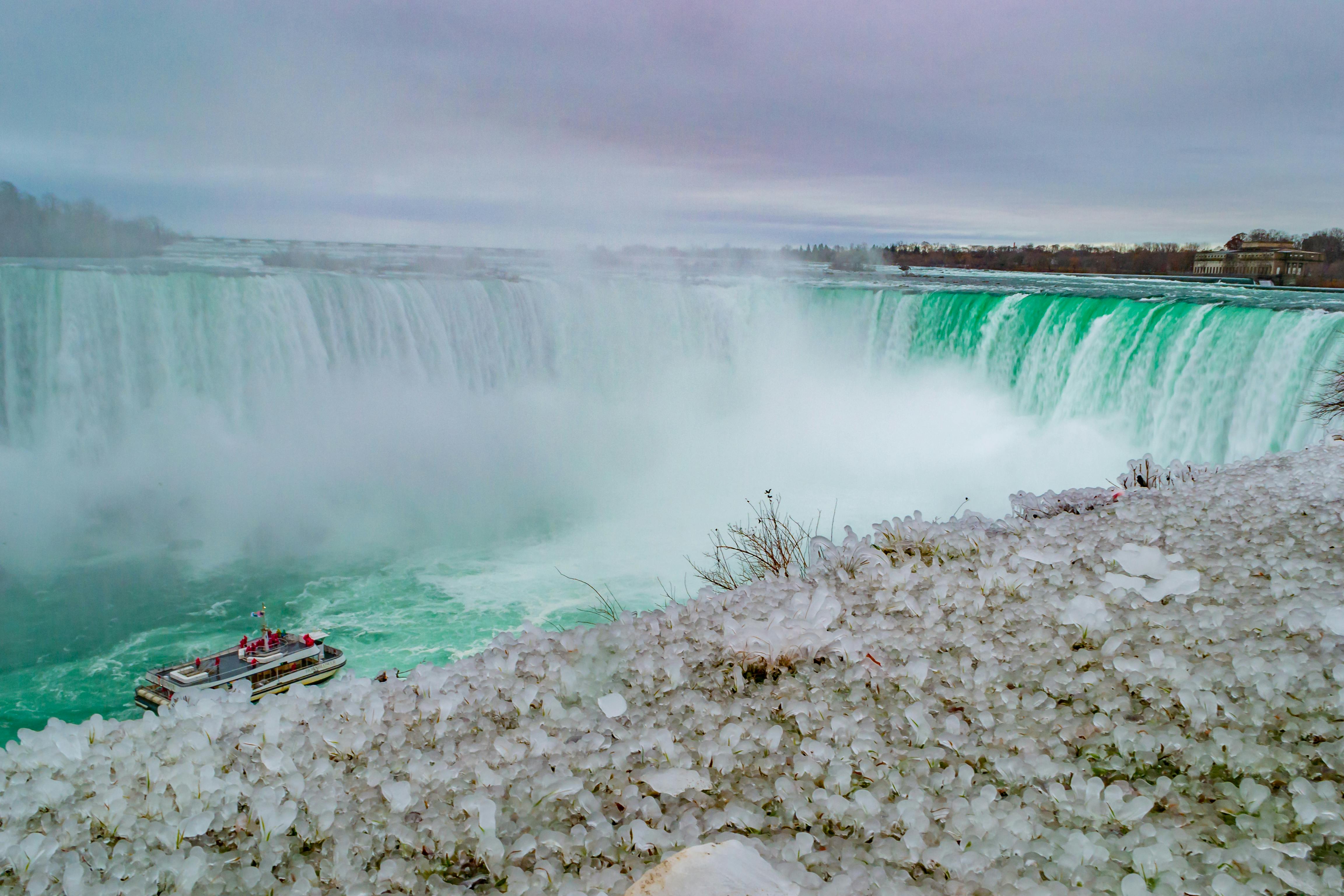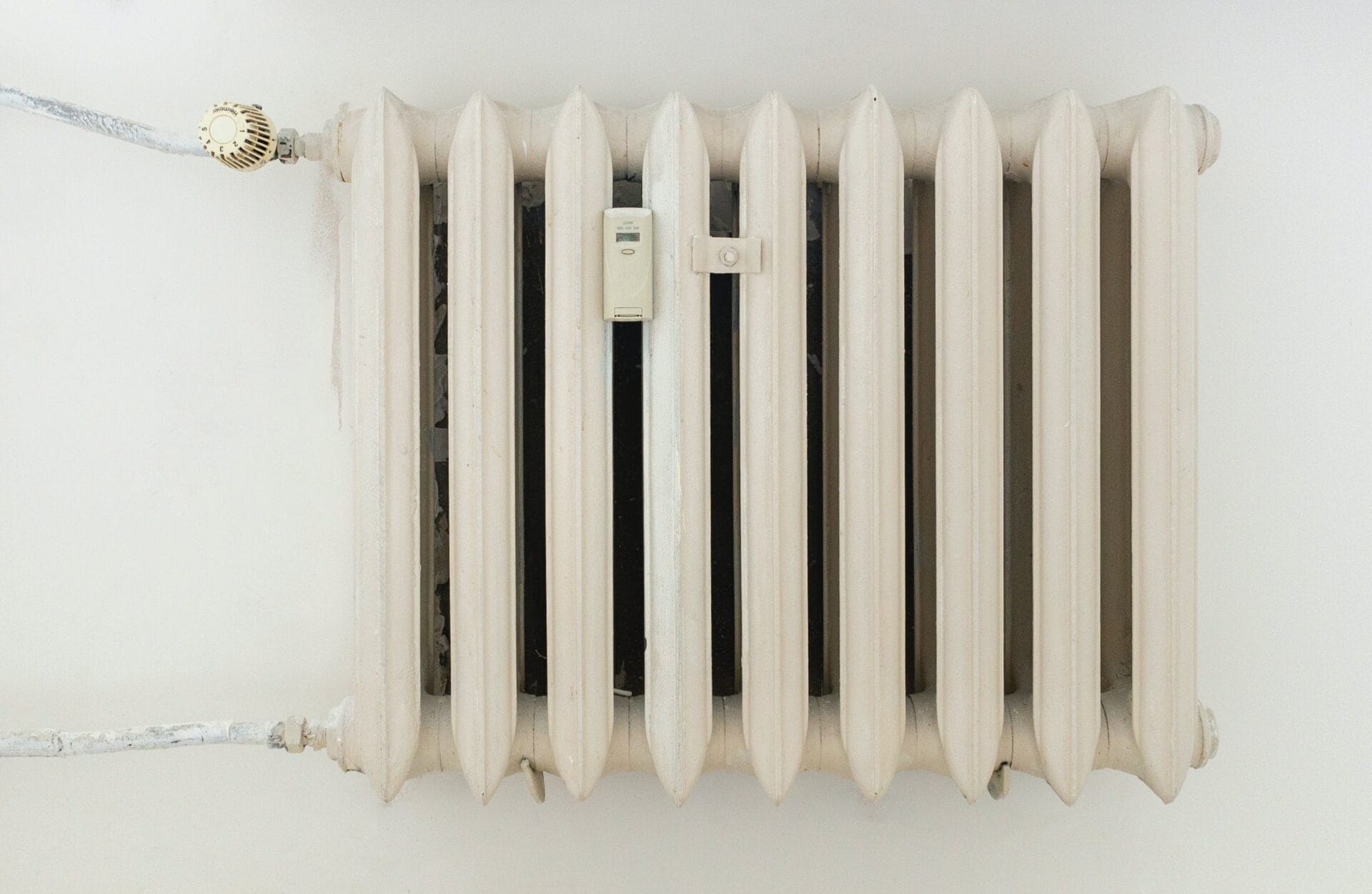Are you wondering why your tankless hot water heater keeps going cold? Tankless hot water heaters are an efficient and cost-effective way to heat your home’s water, but there are a few common problems that can cause them to go cold. In this article, we’ll discuss potential causes and solutions for why your tankless hot water heater is going cold. We’ll also provide tips on how to maintain your tankless hot water heater so it continues to provide you with hot water reliably.The most common cause of a tankless hot water heater going cold is a lack of power supply. Check the circuit breaker to make sure it is in the ‘on’ position, and if necessary, reset the breaker. Additionally, check for any loose or damaged wiring that may be preventing the power from reaching the unit. If this does not resolve the issue, it could be due to a worn-out heating element or damaged thermostat that needs to be replaced.
Reasons for Loss of Hot Water in Tankless Water Heaters
When setting up a tankless water heater, it is important to note that these systems can be prone to losing hot water. This can happen due to a few different reasons, including insufficient water flow, low temperature settings, or sediment buildup. If the hot water stops coming out of your tankless water heater, it’s important to address the issue quickly and accurately in order to return it to proper functioning.
The most common cause for a lack of hot water from your tankless system is insufficient water flow. This means there isn’t enough pressure or volume of incoming cold water running through the system for it to adequately heat the desired amount of hot water. This is often caused by clogged pipes, low pressure in the incoming lines, or an inadequate size tankless heater installed. It’s important to check all of these factors before attempting any repairs.
Another reason for loss of hot water from a tankless system can be due to incorrect temperature settings. Most tankless systems have an adjustable thermostat that allows you to set and maintain a desired temperature. If this thermostat is set too low, then the incoming cold water may not be heated enough before entering your home’s plumbing system. To fix this issue, simply adjust the thermostat setting until you are satisfied with the temperature of the outgoing hot water.
Finally, sediment build-up is another common issue with tankless systems that can lead to decreased performance and loss of hot water. Over time, sediment from hard water can accumulate in the heat exchanger and restrict its ability to properly heat incoming cold water. To remedy this issue you will need regular maintenance and cleaning of your tankless system’s components in order to ensure proper performance and adequate hotwater production.
In summary, there are several potential causes for loss of hotwater in a tankless system including insufficient flow rate, incorrect temperature settings, or sediment buildup. It is important to identify and address these issues quickly in order to restore your tankless system’s performance and maintain an adequate supply of hotwater throughout your home.
Troubleshooting a Tankless Hot Water Heater
Tankless hot water heaters are a great way to get an endless supply of hot water in your home. However, like any other appliance, they can sometimes experience issues. If you’re having trouble with your tankless hot water heater, here are some troubleshooting tips to help you figure out what’s wrong.
One of the most common issues with tankless hot water heaters is the lack of sufficient hot water. This may be due to an incorrect installation, or it could be that the heater isn’t powerful enough for your needs. First, check the installation to make sure everything is done correctly. Then, check the specifications of your tankless hot water heater to make sure it has enough power for your needs. If neither of these steps resolves the issue, you may need to replace your tankless hot water heater with one that has more power.
Another common issue is a build-up of limescale and sediment in the tankless hot water heater. This can reduce efficiency and cause problems with performance. To prevent this from happening, regularly flush out the tankless hot water heater with a descaling solution or vinegar and baking soda solution. This will help keep it running smoothly and efficiently.
If you notice that there is an unusual amount of noise coming from your tankless hot water heater, this could be an indication that something is wrong. Check for any loose connections or parts that may be causing vibrations or rattling noises. It’s also possible that there might be sediment buildup in the pipes or other components that could be causing excessive noise.
Finally, if you notice decreased performance from your tankless hot water heater or any other signs of malfunctioning, it’s best to call in a professional plumber for help. They will be able to diagnose and repair any issues quickly and safely so you can get back to enjoying endless hot water whenever you need it!
How to Fix a Tankless Hot Water Heater Not Getting Hot
If you own a tankless hot water heater and it’s not getting hot, it can be an incredibly frustrating situation. Fortunately, there are a few simple steps you can take to diagnose the problem and potentially fix it yourself. First, make sure that your tankless hot water heater is properly connected to the power supply and that the circuit breaker hasn’t been tripped. If the circuit breaker has been tripped, reset it and see if that solves the problem.
If not, check to see if the thermostat is set properly. Many tankless hot water heaters have built-in thermostats that allow you to adjust the temperature of your water. Make sure this setting is correct before proceeding further. If it’s still not working, check for any debris or other obstructions in the burner assembly or heat exchanger. Clean out any debris and see if that solves the problem.
Another potential cause of a tankless hot water heater not getting hot is a lack of water flow. Make sure your water supply line is open and flowing freely, as well as any valves associated with your tankless hot water heater system. If everything looks good here, then it may be time to call in a professional plumber or HVAC technician for help diagnosing and repairing your system.
How to Diagnose Low Flow Issues with a Tankless Water Heater
Low flow issues with a tankless water heater can be difficult to diagnose. The first step is to check the flow rate of the water heater. If the flow rate is lower than it should be, then the issue could be caused by any number of things. In order to diagnose the problem, it is important to understand how a tankless water heater works and how it is affected by different factors.
A tankless water heater works by heating up cold water as it passes through the coils in the unit. If there is not enough hot water coming out of the faucet, then this could mean that there are problems with either the unit itself or with one of its components. The most common causes of low flow issues include clogged coils, blocked filters, or insufficient power supply.
In order to determine what is causing the low-flow issue, it is important to inspect all of these components thoroughly. Clogged coils can often be cleaned out using a brush and some dish soap; however, if this does not fix the problem, then a professional may need to be called in order to inspect and repair any potential damage. Additionally, blocked filters can also cause low flow issues and should be replaced immediately if they are found to be clogged or damaged.
Finally, insufficient power supply can also cause low-flow issues with tankless water heaters. In these cases, it may be necessary to increase the size of the electrical circuit that supplies power to the unit or even upgrade the circuit breaker if necessary. It may also be necessary to replace worn out wiring or connectors in order for proper operation of the tankless water heater.
By understanding how a tankless water heater works and taking steps to diagnose any problems that may arise, homeowners can ensure that their hot water will always flow freely for years to come. Taking proper care of your unit will help keep your energy bills down while still providing you with all of your hot water needs!

Is It Normal for Tankless Water Heaters to Lose Heat?
Tankless water heaters are designed to provide an endless supply of hot water on demand. However, it is normal for tankless water heaters to lose some of their heat over time. The amount of heat that is lost will depend on the age and condition of the unit, as well as its maintenance and usage.
When a tankless water heater is in use, the burner needs to be engaged in order to produce hot water. Over time, this can cause some degree of wear and tear on the components, which can reduce the efficiency of the unit and result in a decrease in temperature or pressure. Additionally, sediment buildup inside the unit can also reduce efficiency.
In order to maintain optimal performance from your tankless water heater, it is important to keep up with regular maintenance tasks such as descaling and flushing out sediment. Additionally, it is important to avoid using hot water when not necessary in order to preserve energy and prevent unnecessary wear on the unit’s components. If you notice that your tankless water heater is losing heat more quickly than usual or if you experience any other issues, it may be a sign that your unit needs servicing or repair.
Steps to Take If Your Tankless Hot Water Heater is Not Working Properly
If your tankless hot water heater isn’t working properly, the first step is to determine what the issue might be. There are a few common culprits that could be preventing your tankless hot water heater from functioning correctly, such as a lack of power or a clogged filter. Once you have identified the problem, you can take the necessary steps to get your tankless hot water heater back up and running.
If your tankless hot water heater isn’t receiving any power, start by checking your circuit breaker. If it has tripped, reset it and see if that solves the issue. If not, it could be indicative of an electrical problem or an issue with the unit itself. In this case, you should contact a certified professional for assistance.
If there is power but your tankless hot water heater still isn’t working properly, you may need to check the filter. The filter can become clogged over time and prevent water from flowing freely through the system. Fortunately, this is an easy fix – simply remove and replace the filter as needed.
Finally, if all else fails and you’re still having problems with your tankless hot water heater, consider getting in touch with a professional for help. A qualified technician can diagnose any underlying issues and provide reliable solutions for restoring your hot water supply.
Thermistor Malfunction
One of the most common malfunctions that can cause a tankless hot water heater to go cold is a thermistor malfunction. The thermistor is the device that monitors the temperature of the water, and if it fails or malfunctions, it will not be able to accurately measure the temperature of the water. If this happens, the tankless hot water heater may not be able to heat the water adequately, resulting in cold water coming out of the tap. In some cases, it may even cause a complete shut down of the unit. To repair this issue, you will need to replace the thermistor with a new one.
Clogged Air Intake Vent
Another malfunction that can cause a tankless hot water heater to go cold is a clogged air intake vent. The air intake vent is responsible for allowing air into the unit so that it can properly burn fuel and generate heat. If this vent becomes clogged with debris or dirt, then it won’t be able to bring in enough air for proper combustion and heat generation. This results in an insufficient amount of heat being generated, leading to cold water coming out of your taps.
Faulty Ignition System
A faulty ignition system can also be responsible for your tankless hot water heater going cold. The ignition system is what allows fuel to be ignited and burned so that heat can be generated. If there is an issue with any part of this system such as a faulty spark plug or a bad igniter then this could lead to an incomplete combustion process which will result in insufficient heat being produced. In order to remedy this issue you will need to have your ignition system checked and repaired by a professional.
Low Gas Pressure
If your tankless hot water heater uses natural gas as its source of fuel then low gas pressure could also be causing your unit to go cold. If there isn’t enough gas pressure being supplied then there won’t be enough fuel getting into the unit which means there won’t be enough heat being produced either. To resolve this issue you will need to make sure that your gas supply line is providing adequate pressure and if not then you should contact your local utility company for assistance.

Conclusion
When it comes to understanding why your tankless hot water heater is going cold, the answer can be complicated. It can be caused by a variety of factors, including a malfunctioning thermostat, a faulty heating element, an inadequate power supply, or a blocked vent. In some cases, all that may be needed is a simple reset of the system. However, if the problem persists after resetting the system, it’s highly recommended that you contact a professional technician to inspect and diagnose any potential underlying issues. With their help, you can ensure that your tankless hot water heater is running safely and efficiently for years to come.
In summary, understanding why your tankless hot water heater is going cold requires an examination of various factors. While resetting the system may resolve some issues in some cases, it’s best to seek professional help if you’re unable to identify or solve the problem yourself. Doing so will not only keep your tankless hot water heater running smoothly but also help prevent any further damage or costly repairs in the future.

